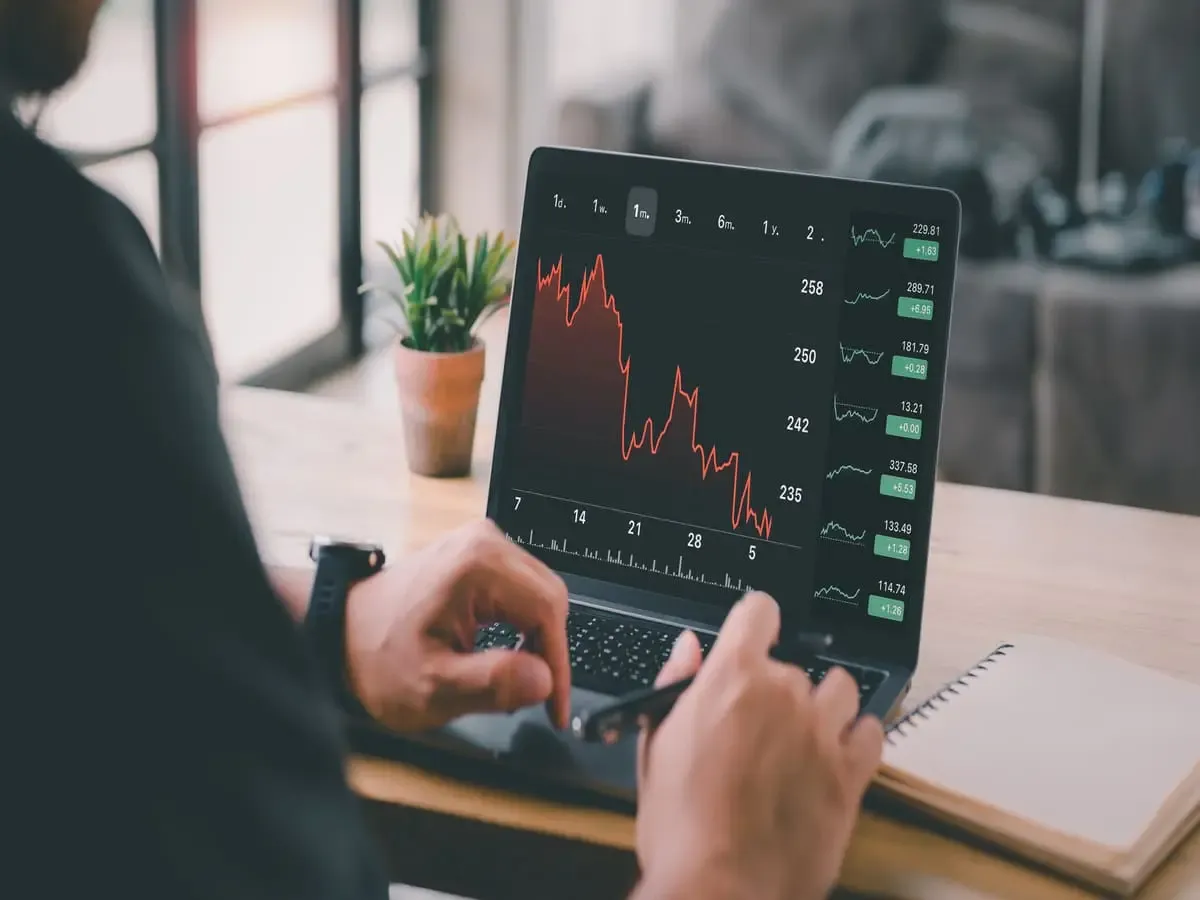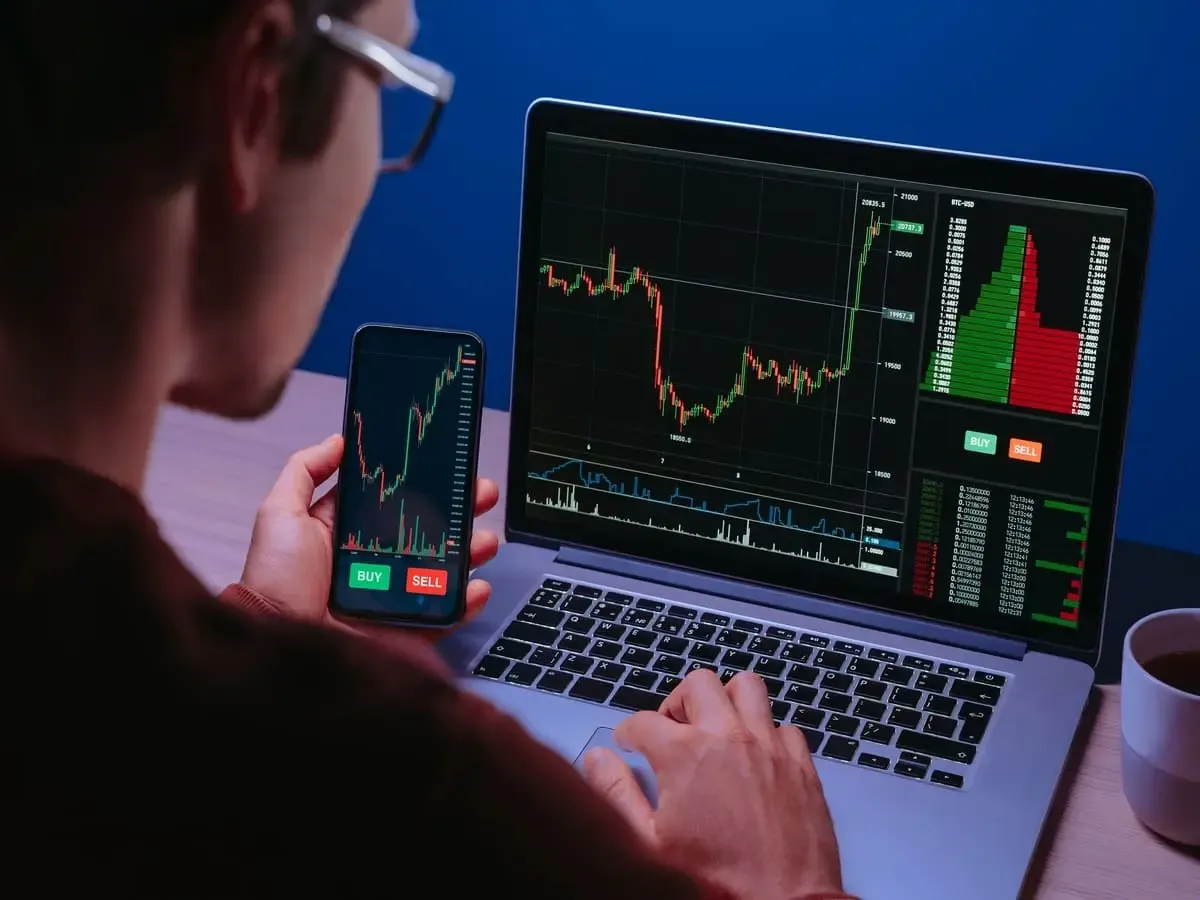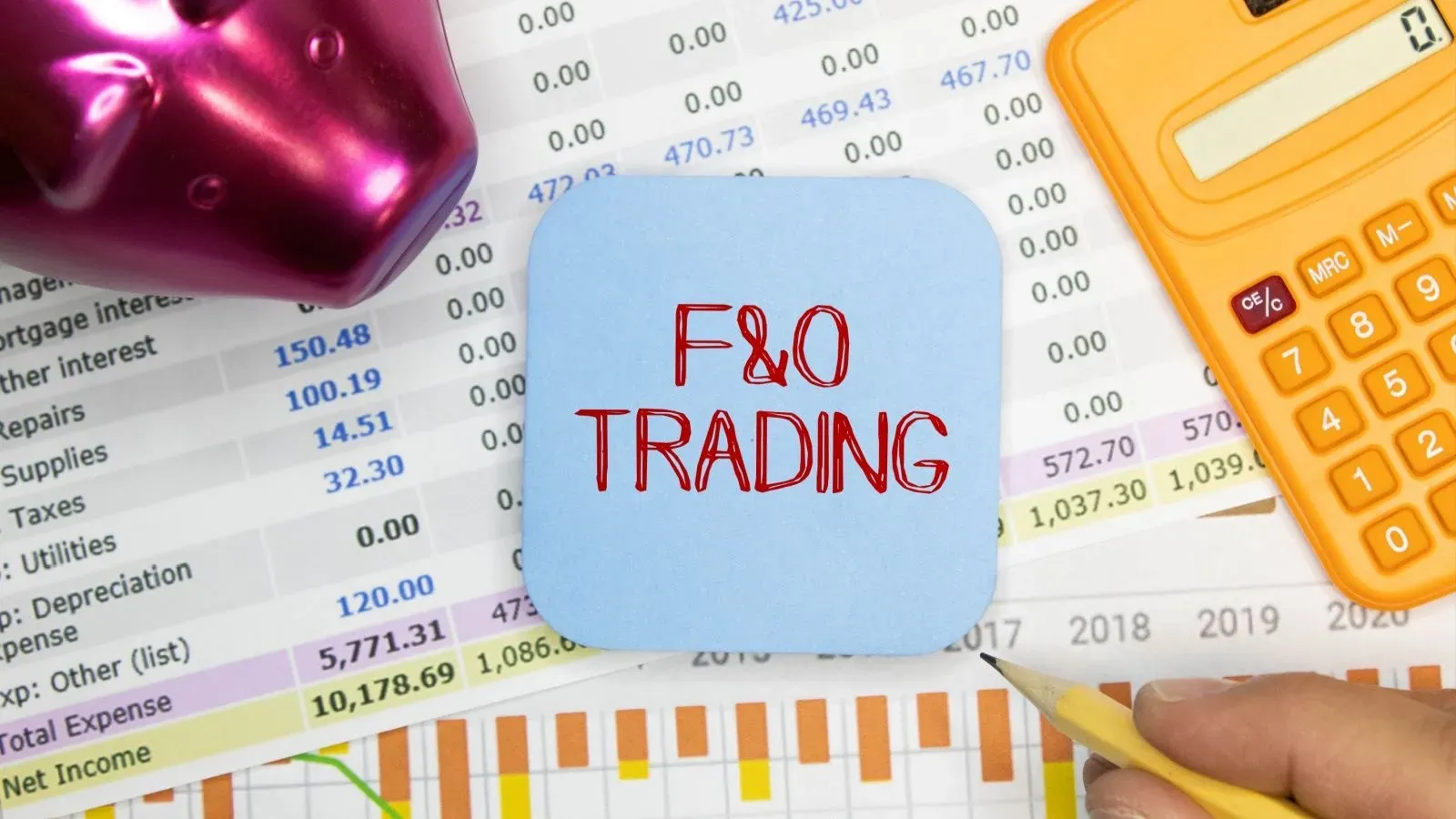What is Hedging with Futures?
Written by Upstox Desk
Published on July 31, 2025 | 8 min read

Hedging means to protect. It is done by traders to protect themselves from adverse price fluctuations in the future. Futures and options trading offers them price stability in such instances.
How to hedge using futures?
-
Hedging a position in the cash market of an underlying that also has futures.
Let us understand this with the help of an example. Mr. Arshdeep is a shareholder of Tata Motors and according to his analysis it will be profitable to have the share as a long-term holding. But his analysis also tells him that the price of Tata Motors might fall this month.
What should Mr.Arshdeep do then?
Option 1: Selling his long-term holding and buying it at a cheaper price if the price decreases even though this goes against his long term view.
Option 2: Keeping the holdings intact and bear the loss if it arises.
Option 3: Hedging with futures while keeping his equity position intact.
Mr. Arshdeep: “Tell me more about option 3. This seems to be in line with my short-term as well long-term view on the stock.”
Alright then, option 3 it is!
In futures, short sold positions can be carried forward unlike in the cash segment, where they need to be closed on an intraday basis.
Short selling simply refers to selling first and then buying.
So Mr.Arshdeep can simply short sell Tata Motors futures. The price of Tata Motors futures is ₹300 now and its lot size is 2,850.
Scenario A: Tata Motors futures price falls to ₹290.
Profit= (Selling price - Buying price) * lot size
= (₹300 - ₹290)* 2,850
= ₹28,500
As the price fell by ₹10, Mr. Arshdeep earned ₹28,500. This amount is his profit and his long-term holding remains intact.
Scenario B: Tata Motors futures Price remains the same at ₹300.
Profit= (Selling price - Buying price) * lot size
= (₹300 - ₹300)* 2,850
= ₹0
As there is no price movement in either direction, he will square off his futures position on expiry and also keep his long-term position intact.
Scenario C: Tata Motors futures price increases to ₹310.
Loss= (Buying price - Selling price) * lot size
= (310 - 300)* 2,850
= ₹28,500
As the price of Tata Motors Futures increased, he will incur a loss of ₹28,500. But, depending on the quantity he holds, his long-term position will cover some of this loss. If he holds the 2,850 shares in equity which is equal to the futures lot size, he will not have incurred any loss on this strategy. The loss incurred in futures is offset by the profit equity holding. It is important to note that the profit in the holdings is notional while the loss in futures position will need to be paid in cash.
-
Hedging a position in the cash market of an underlying with Nifty futures.
Now, if Mr. Arshdeep wants to hegde a position in the cash market of PQR Ltd, the corresponding stock doesn't have futures. What must he do?
He must first check the beta value of the stock.
What is Beta?
Beta measures the sensitivity of the stock price with respect to the changes in the market. It helps to analyse:
- If the market moves up by 1%, what will be the likely movement in stock PQR?
- How risky (or volatile)is stock PQR compared to market indices (Nifty, Sensex)?
In the table below is a quick summary as to how Beta value can be analysed.
| Beta value of stock | Interpretation | Market moves up by 1% | Market moves down by 1% | How risky is it compared to market indices? |
| Less than 0. For eg. -0.5 | A -ve sign indicates the stock price and market are inversely related. | The stock will decline 0.5% | The stock will increase 0.5% | It is believed to be less risky than the markets. |
| Equal to 0 | It means the stock is independent of the market movement and variation in the market is not likely to affect the movement in the stock. | Cannot be predicted | Cannot be predicted | Cannot be predicted |
| Higher than 0 lesser than 1, For eg. 0.5 | It means the stock and the market are positively related. | The stock will increase by 0.5%. | The stock will decline 0.5% | The stock is relatively less risky than the markets. These are generally termed as low beta stocks. |
| Higher than 1, For eg. 1.25 | It means the stock and the market are positively related, however the stock tends to move slightly more in each direction. | The stock will increase by 1.25%. | The stock will decline by 1.25%. | It is believed to be more risky than the markets. These are generally called the high beta stocks. |
Remember:
- The beta of a stock can take any value greater or lower than zero.
- Stocks with 0 beta are rare.
- The beta of the market indices (Sensex and Nifty) is always considered to be +1.
Now Mr. Arshdeep has found the beta of PQR Ltd. he has to multiply it with his investment to get the hedge value.
To get the number of lots required to short Nifty50 futures simply divide the hedge value by the Nifty50 current contract value.
| Hedge Value = Investment x Beta = 15,00,000 x 0.82 = ₹ 12,30,000 | |||||
| Nifty50 current contract value = Spot price x lot size = 18,000 x 50 = ₹9,00,000. | |||||
| Number of lots required to short Nifty50 futures = Hedge Value / Nifty50 current contract value = 12,30,000/9,00,000= 1.367 |
Number of lots required by Mr. Arshdeep to short Nifty50 futures = 1.367
Fractional lot sizes are not available in the F&O segment, so either Mr.Arshdeep can short 1 lot of Nifty50 futures and be under hedged or short 2 lots and be over hedged. In fact for this reason, we cannot always perfectly hedge a portfolio.
∆ If the market falls, Mr. Arshdeep's hedge will turn out to be helpful.
∆ If the market remains stable, Mr. Arshdeep's hedge won’t disturb the payoffs.
∆ If the market rises, Mr. Arshdeep's hedge won't be of much help.
Note: This method is only useful for stocks that have a hedge value similar to the Nifty50 futures contract value.
-
Hedging an entire portfolio with Nifty futures.
Now, Mr. Arshdeep wants to hegde his entire portfolio using futures. What must he do?
He must first calculate the beta of his portfolio.
The beta value of each stock is available online.
Mr. Arshdeep must calculate the weightage of each holding in his portfolio with the help of the formula.
Weight in portfolio = Investment x 100
Total investment
Then, calculate the weighted beta of all the investments using the formula and add it to get the portfolio beta.
Weighted Beta = Beta x Weight in Portfolio
Then calculate the hedge value. Hedge value is simply the product of the portfolio beta and the total investment.
To get the number of lots required to short Nifty50 futures simply divide the hedge value by the Nifty50 current contract value.
| Sr No | Stock Name | Beta | Investment (₹) | Weight in Portfolio = (Investment/Total Investment) x 100 | Weighted Beta = Beta x Weight in Portfolio |
| 1 | ABC | 0.43 | 75,000 | 9.40% | 0.04 |
| 2 | DEF | 0.59 | 65,000 | 8.10% | 0.048 |
| 3 | GHI | 0.95 | 1,40,000 | 17.50% | 0.166 |
| 4 | JKL | 1.4 | 1,25,000 | 15.60% | 0.219 |
| 5 | MNO | 1.43 | 85,000 | 10.60% | 0.152 |
| 6 | PQR | 1.86 | 1,00,000 | 12.50% | 0.233 |
| 7 | STU | 1.42 | 1,80,000 | 22.50% | 0.32 |
| 8 | VWX | 1.22 | 30,000 | 3.80% | 0.046 |
| Total | 8,00,000 | 100% | 1.223 | ||
| Hedge Value = Total Investment x Portfolio Beta = 8,00,000 x 1.223 = ₹ 978,400. | |||||
| Nifty50 current contract value = Spot price x lot size = 18,000 x 50 = ₹9,00,000. | |||||
| Number of lots required to short Nifty50 futures = Hedge Value / Nifty50 current contract value = 9,78,400 / 9,00,000= 1.087 | |||||
Number of lots required by Mr. Arshdeep to short Nifty50 futures = 1.087
Fractional lot sizes are not available in the F&O segment, so either Mr.Arshdeep can short 1 lot of Nifty50 futures and be under hedged or short 2 lots and be over hedged. In fact for this reason, we cannot always perfectly hedge a portfolio.
∆ If the market falls, Mr. Arshdeep's hedge will turn out to be helpful.
∆ If the market remains stable, Mr. Arshdeep's hedge won’t disturb the payoffs.
∆ If the market rises, Mr. Arshdeep's hedge won't be of much help.
Assumption: Mr. Arshdeep's portfolio consists of only long positions in the cash market.
Now as futures were used to hedge a position in the cash market, similarly options can be used to hedge a specific futures position.
Hedging futures with options
Future hedging with option contracts can also be done with the help of strategies like covered call, covered put, protective call and protective put.
About Author
Upstox Desk
Upstox Desk
Team of expert writers dedicated to providing insightful and comprehensive coverage on stock markets, economic trends, commodities, business developments, and personal finance. With a passion for delivering valuable information, the team strives to keep readers informed about the latest trends and developments in the financial world.
Read more from UpstoxUpstox is a leading Indian financial services company that offers online trading and investment services in stocks, commodities, currencies, mutual funds, and more. Founded in 2009 and headquartered in Mumbai, Upstox is backed by prominent investors including Ratan Tata, Tiger Global, and Kalaari Capital. It operates under RKSV Securities and is registered with SEBI, NSE, BSE, and other regulatory bodies, ensuring secure and compliant trading experiences.





















